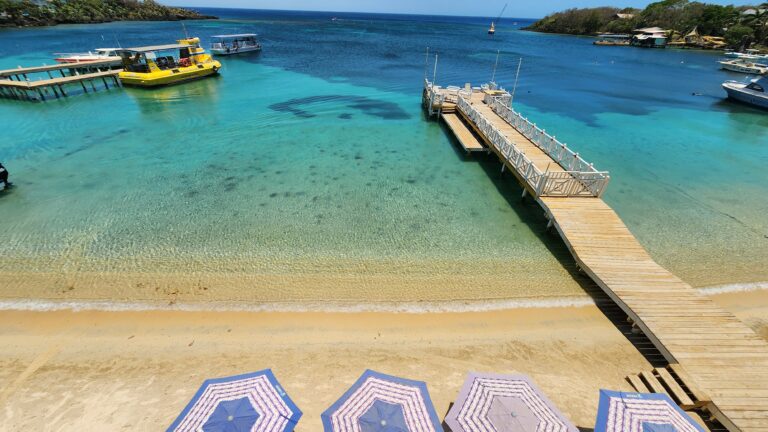Great Wall Travel Tips - Packages/Deals & Travel Agents Near Me
We recognize that vacations are not just an investment, but often the highlights of our lives, and we take that responsibility seriously. We want to ensure you have the best vacation experience.
Interested in a job in travel? Click here to learn: How to Become a Travel Agent
| Great Wall |
 Construction of protective walls began around 300 BC as an effort to reduce the unwanted incursions of nomadic Mongols and Manchurians from the north. Over the centuries (the latest dynastic construction took place into the late 17th century) the walls have been lengthened, heightened, connected and strengthened, eventually totalling some 3,948 miles. Today's walls, in various states of repair, begin at the sea about 175 miles east of Beijing and travel westward to the Xinjiang Uygur Autonomous Region. Remnants of other, non-connected walls remain, some extending even into what is present-day North Korea. Notice we say, "walls." There never was one Great Wall, but rather a conglomeration of walls, some interconnected, many not.
The walls were never meant to be military fortifications although walkways atop the walls were constructed to facilitate troop movements, their width sufficient for soldiers marching four abreast. Major battles never took place along the walls and they never served to mark territory. They did, however, prove useful in keeping nomadic groups who traveled on horseback, from entering the south.
The most familiar portions of the wall date from the Ming Dynasty (AD 1368 – 1644). They're within an easy day's drive from Beijing and represent the best-restored portions. Restoration continues, but for most its length, the Great Wall of China is a local curiosity, if not an excellent source of ready-carved stone for home and road construction! The wall was designated a UNESCO World Heritage Site in 1987.
Construction techniques have varied over the years but typically the walls were erected of locally available stone; near Beijing they used local limestone - other portions are often of granite or locally-fired brick. As the walls rose, earth and construction rubble were pounded between them and once the walls were topped off, the earthen/rubble center was paved over to serve as a walkway.
The walls were also communication links. Watchtowers were erected so that each was within eyesight of the next, typically at hilltops, allowing for smoke signal communication. In fact, in the far western portions, the walls ended but the watchtowers continued for many miles. In those western desert regions, stone was totally absent from construction. Instead, earth was pounded between wooden walls. Understandably, little remains of those western portions. |
| BACK |
| Great Wall |
 Construction of protective walls began around 300 BC as an effort to reduce the unwanted incursions of nomadic Mongols and Manchurians from the north. Over the centuries (the latest dynastic construction took place into the late 17th century) the walls have been lengthened, heightened, connected and strengthened, eventually totalling some 3,948 miles. Today's walls, in various states of repair, begin at the sea about 175 miles east of Beijing and travel westward to the Xinjiang Uygur Autonomous Region. Remnants of other, non-connected walls remain, some extending even into what is present-day North Korea. Notice we say, "walls." There never was one Great Wall, but rather a conglomeration of walls, some interconnected, many not.
The walls were never meant to be military fortifications although walkways atop the walls were constructed to facilitate troop movements, their width sufficient for soldiers marching four abreast. Major battles never took place along the walls and they never served to mark territory. They did, however, prove useful in keeping nomadic groups who traveled on horseback, from entering the south.
The most familiar portions of the wall date from the Ming Dynasty (AD 1368 – 1644). They're within an easy day's drive from Beijing and represent the best-restored portions. Restoration continues, but for most its length, the Great Wall of China is a local curiosity, if not an excellent source of ready-carved stone for home and road construction! The wall was designated a UNESCO World Heritage Site in 1987.
Construction techniques have varied over the years but typically the walls were erected of locally available stone; near Beijing they used local limestone - other portions are often of granite or locally-fired brick. As the walls rose, earth and construction rubble were pounded between them and once the walls were topped off, the earthen/rubble center was paved over to serve as a walkway.
The walls were also communication links. Watchtowers were erected so that each was within eyesight of the next, typically at hilltops, allowing for smoke signal communication. In fact, in the far western portions, the walls ended but the watchtowers continued for many miles. In those western desert regions, stone was totally absent from construction. Instead, earth was pounded between wooden walls. Understandably, little remains of those western portions. |
| BACK |
Vincent Vacations - Authorized Great Wall Travel Tips - Vacation Planner
Questions? Call us at
1 (888) 883-0460
No-Obligation Great Wall Travel Tips - Vacation Quote Request Form
Free Great Wall Travel Tips -
Vacation Package Quote
For Groups of 10
or more rooms, or 8 or more Cabins, please use of Group Form
Click Here for our Group Department





































